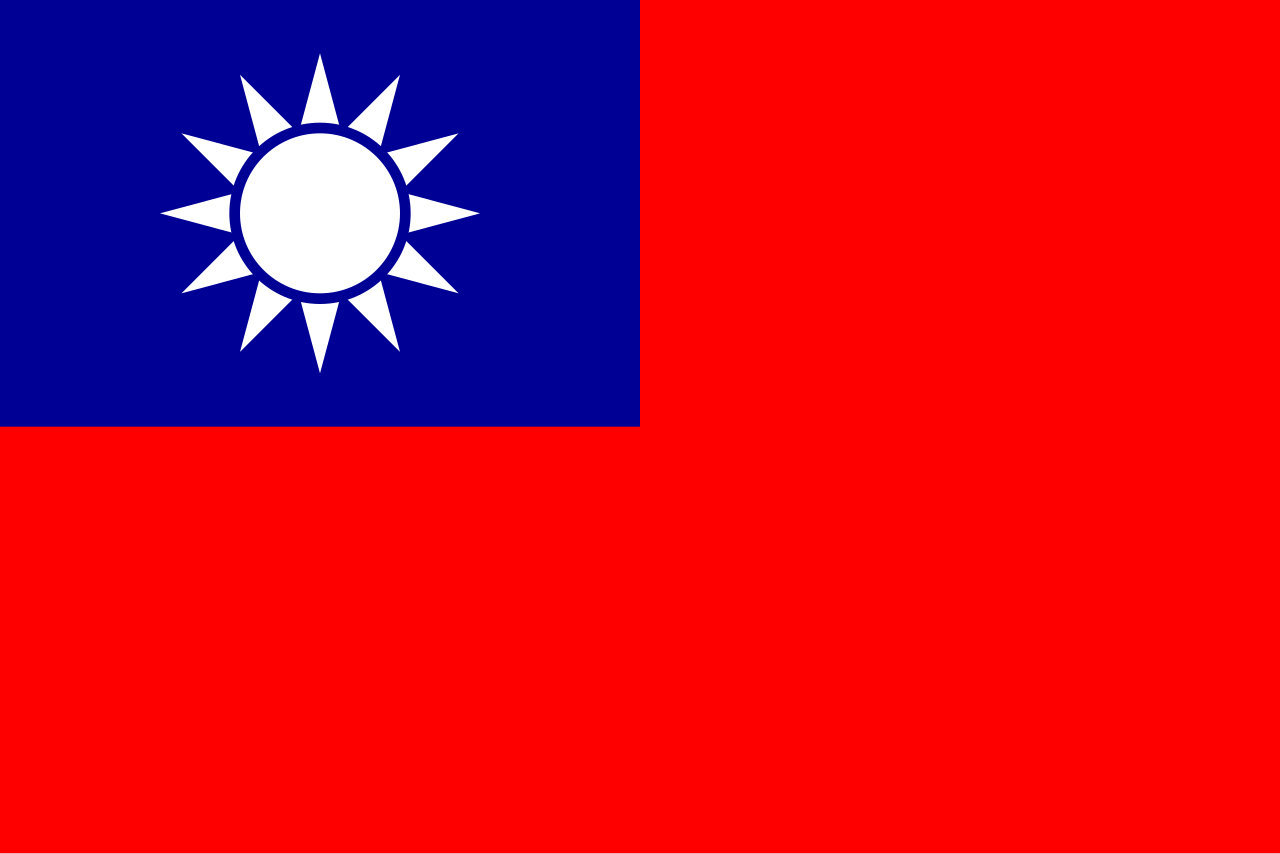China, officially known as the Republic of China (ROC), was a country in East Asia based in Mainland China from 1912 to 1949, prior to the relocation of its government to Taiwan as a result of the Chinese Civil War. At a population of 541 million in 1949, it was the world’s most populous country. Covering 11.4 million square kilometers (4.4 million square miles), it consisted of 35 provinces, 1 special administrative region, 2 regions, 12 special municipalities, 14 leagues, and 4 special banners. This period is often referred to as the Republican Era in Mainland China or the Mainland Period in Taiwan.
The Republic was declared on 1 January 1912 after the Xinhai Revolution, which overthrew the Qing dynasty, the last imperial dynasty of China. On 12 February 1912, regent Empress Dowager Longyu signed the abdication decree on behalf of the Xuantong Emperor, ending several millennia of Chinese monarchical rule. Sun Yat-sen, the founder and its provisional president, served only briefly before handing over the presidency to Yuan Shikai, the leader of the Beiyang Army. Sun’s party, the Kuomintang (KMT), then led by Song Jiaoren, won the parliamentary election held in December 1912. However, Song was assassinated on Yuan’s orders shortly after and the Beiyang Army, led by Yuan, maintained full control of the Beiyang government, who then proclaimed the Empire of China in 1915 before abolishing the short-lived monarchy as a result of popular unrest. After Yuan’s death in 1916, the authority of the Beiyang government was further weakened by a brief restoration of the Qing dynasty. The mostly powerless government led to a fracturing of the country as cliques in the Beiyang Army claimed individual autonomy and clashed with each other. So began the Warlord Era: a decade of decentralized power struggles and prolonged armed conflict.

The KMT, under the leadership of Sun, attempted multiple times to establish a national government in Canton. After taking Canton for a third time in 1923, the KMT successfully established a rival government in preparation for a campaign to unify China. In 1924 the KMT would enter into an alliance with the fledgling Chinese Communist Party (CCP) as a requirement for Soviet support. General Chiang Kai-shek, who became the Chairman of the Kuomintang after Sun’s death and subsequent power struggle in 1925, began the Northern Expedition in 1926 to overthrow the Beiyang government. In 1927, Chiang moved the nationalist government to Nanking and purged the CCP, beginning with the Shanghai massacre. The latter event forced the CCP and KMT’s left-wing into armed rebellion, marking the beginning of the Chinese Civil War and the establishment of a rival nationalist government in Wuhan under Wang Jingwei. However, this rival government soon purged the communists as well and reconciled with Chiang’s KMT. After the Northern Expedition resulted in nominal unification under Chiang in 1928, disgruntled warlords formed an anti-Chiang coalition. These warlords would fight Chiang and his allies in the Central Plains War from 1929 to 1930, ultimately losing in the largest conflict of the Warlord Era.

China experienced some industrialization during the 1930s but suffered setbacks from conflicts between the Nationalist government in Nanjing, the CCP, remaining warlords, and the Empire of Japan after the Japanese invasion of Manchuria. Nation-building efforts yielded to fight the Second Sino-Japanese War in 1937 when a skirmish between the National Revolutionary Army and Imperial Japanese Army culminated in a full-scale invasion by Japan. Hostilities between the KMT and CCP partially subsided when, shortly before the war, they formed the Second United Front to resist Japanese aggression until the alliance broke down in 1941. The war lasted until the surrender of Japan at the end of World War II in 1945; China then regained control of the island of Taiwan and the Pescadores.
Shortly after, the Chinese Civil War between the KMT and CCP resumed with full-scale fighting, leading to the 1946 Constitution of the Republic of China replacing the 1928 Organic Law as the Republic’s fundamental law. Three years later, in 1949, nearing the end of the civil war, the CCP established the People’s Republic of China in Beijing, with the KMT-led ROC moving its capital several times from Nanjing to Guangzhou, followed by Chongqing, then Chengdu and lastly, Taipei. The CCP emerged victorious and expelled the KMT and ROC government from the Chinese mainland. The ROC later lost control of Hainan in 1950, and the Dachen Islands in Zhejiang in 1955. It has maintained control over Taiwan and other smaller islands.
Porcelain
.jpg?mode=max)
A pair of enameled vases, early Republic
After the fall of the Qing dynasty there followed a period of great unrest in China, with revolts and political upheavals throughout the country. In spite of this turmoil, however, the porcelain industry in the Jiangxi province flourished, and a number of privately-operated kilns began producing high-quality porcelain in Jingdezhen. These factories produced not only wares copying Kangxi, Yongzheng and Qianlong-era porcelains, but there was also a revival in quality led by a number of schools and artists, all producing items with delicate painted decorations, with the pieces often signed.
Buyers are becoming increasingly drawn to Republic period and later 20th century porcelain pieces, attracted to the high-quality snow-white porcelain and skilful decoration. Pieces by prominent artists are very desirable, and as a result can fetch high prices at auction.
.jpg?mode=max)

